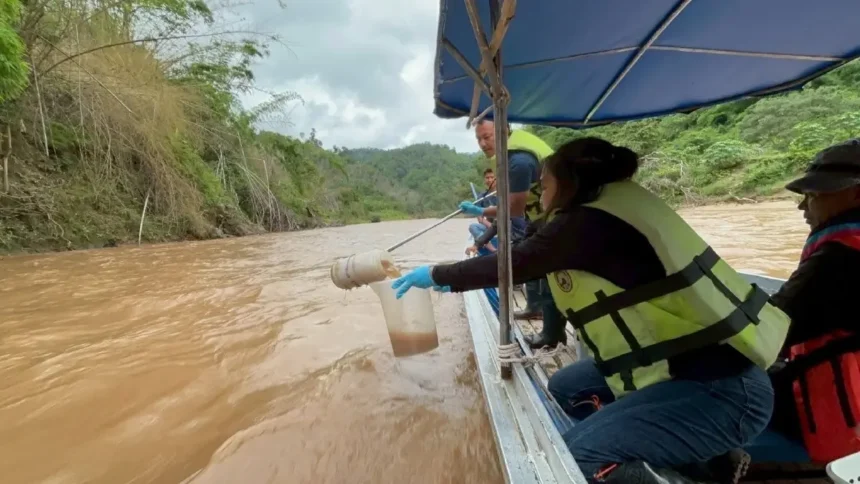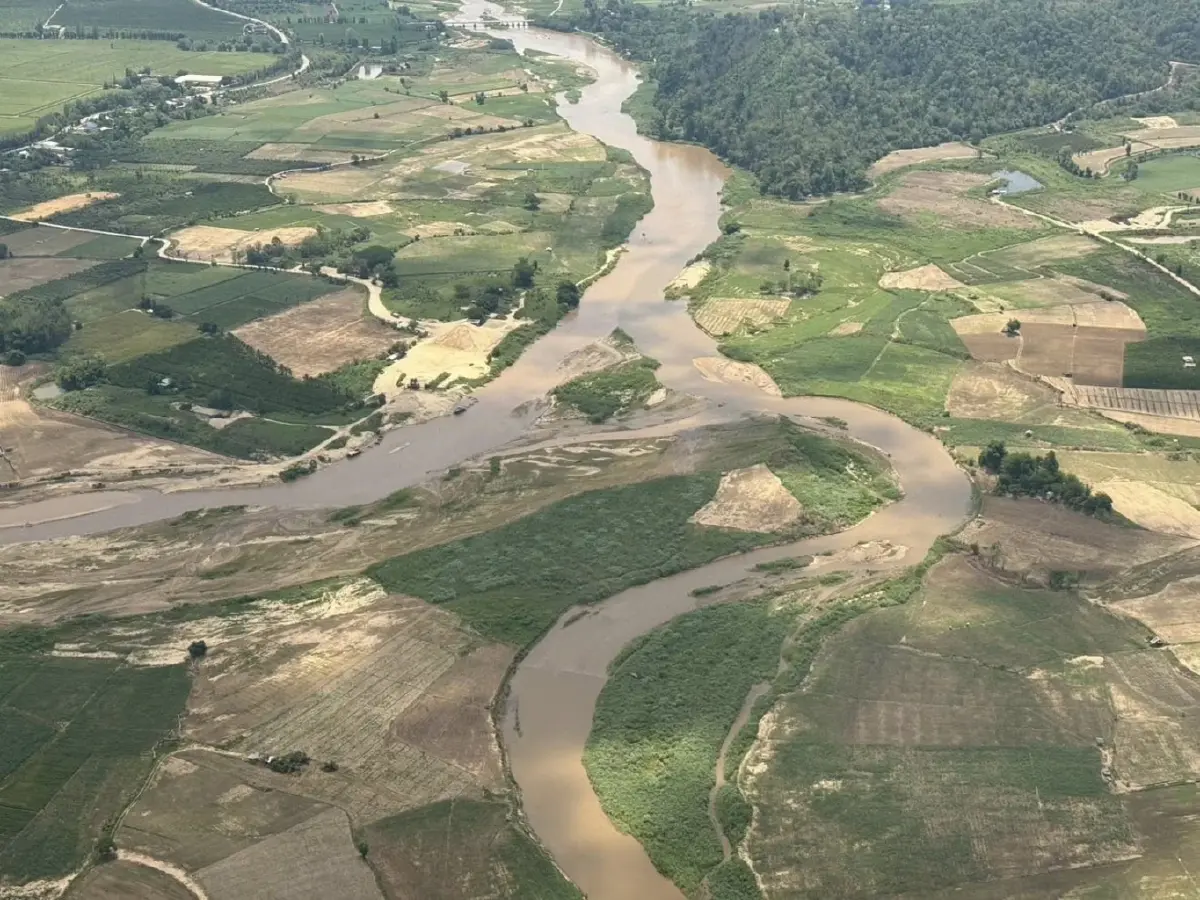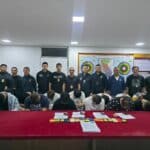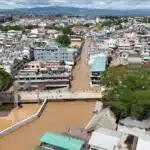CHIANG RAI – The Pollution Control Department (PCD) under the Ministry of Natural Resources and Environment has reported that recent water testing has revealed arsenic contamination above safe limits in every spot checked along the Kok, Sai, and Mekong rivers.
This pollution comes from mining operations in Myanmar’s Shan State, where chemicals like arsenic are used to extract minerals with little oversight. Toxic runoff flows across the border into Thai rivers, putting local communities at risk.
Main Findings
- Gold and metal mines in Myanmar use arsenic in processing, which then enters the river system.
- No effective controls stop this polluted water from entering Thailand.
- A monitoring plan for 2025 includes water testing twice a month and sediment testing once a month from May to September.
- Testing at 15 sites along the Kok River found arsenic over the limit at every location, with a peak of 0.023 mg/L.
The Problem
Northern Thailand now faces a serious environmental issue. Tests have found arsenic in all sampled locations in the Kok, Sai, and Mekong rivers, exceeding safety standards. The source is upstream mining in Shan State, Myanmar, where arsenic and other chemicals are used without strong regulation. During heavy rain, contaminated soil washes into streams, which then flow into Thai rivers, carrying the pollution with them.
The Pollution Control Department (PCD) under the Ministry of Natural Resources and Environment is monitoring key river basins in Chiang Mai and Chiang Rai. Sampling points include 15 along the Kok River (codes KK01-KK15), with checks also on tributaries: Fang, Lao, Korn, and Suai rivers. The Sai River has three test locations, and the Mekong has two. These checks target areas most at risk from cross-border pollution.
Monitoring Plan for 2025
The schedule for 2025 covers March to September. Water samples will be collected twice monthly, and sediment samples once a month from May to September. The aim is to track arsenic levels and other pollutants, and to understand possible effects on health and the environment.
Kok River Results: All Sites Above Safe Limits
Samples from 15 sites show arsenic above the safety limit of 0.010 mg/L in all locations:
- KK01 (Thai-Myanmar border, Tha Ton, Mae Ai, Chiang Mai): 0.016 mg/L
- KK02 (Friendship Bridge, Mae Ai): 0.017 mg/L
- KK03 (Mae Salak, Mae Ai): 0.015 mg/L
- KK04 (Ban Ja Doe, Doi Hang, Mueang, Chiang Rai): 0.022 mg/L
- KK05 (Mae Yao-Doi Hang Bridge, Mueang, Chiang Rai): 0.022 mg/L
- KK06 (Pong Nakham, Doi Hang, Mueang, Chiang Rai): 0.023 mg/L
- KK07 (Doi Hang Bridge, Mueang, Chiang Rai): 0.016 mg/L
- KK08 (Mae Fah Luang Bridge, Rob Wiang, Mueang, Chiang Rai): 0.018 mg/L
- KK09 (Chaloem Phrakiat 1 Bridge, Rob Wiang, Mueang, Chiang Rai): 0.020 mg/L
- KK10 (Chiang Rai Dam, Rob Wiang, Mueang, Chiang Rai): 0.022 mg/L
- KK11 (Rim Kok-Wiang Nuea Ruam Jai Bridge, Wiang Chai, Chiang Rai): 0.020 mg/L
- KK12 (Yonok Nak Nakorn Bridge, Mae Khao Tom, Mueang): 0.015 mg/L
- KK13 (Tha Khao Pluak, Mae Chan): 0.015 mg/L
- KK14 (Nong Pa Kor, Doi Luang): 0.015 mg/L
- KK15 (Ban Saeo, Chiang Saen): 0.013 mg/L
Tributaries (Fang, Korn, Lao, Suai) met the safety standards.
Sai River: High Arsenic at All Three Sites
- SA01 (Ban Hua Fai, Mae Sai, Chiang Rai): 0.027 mg/L
- SA02 (Second Friendship Bridge, Mae Sai): 0.038 mg/L
- SA03 (Ban Pa Sang Ngam, Ko Chang, Mae Sai): 0.031 mg/L
Mekong River: Both Sites Over the Limit
- NK01 (Wiang, Chiang Saen, Chiang Rai): 0.018 mg/L
- NK02 (Ban Saeo, Chiang Saen, Chiang Rai): 0.014 mg/L
Key Points from the Analysis
- High arsenic and turbidity were found in border areas with Myanmar, matching patterns seen with upstream mining activity.
- Arsenic in the Mekong may be linked to flow from the Sai and Ruak rivers. More checks are needed upstream in Laos to confirm sources.
- The start of the rainy season increases sediment and pollutant runoff, spreading arsenic and raising contamination across all tested points.
The Pollution Control Department will continue testing, with the next round of sampling already done in June 2025. Results will be shared with the public to help guide protective measures for communities that rely on these rivers for daily living. Further action will depend on these findings to help reduce health risks and limit environmental damage.















